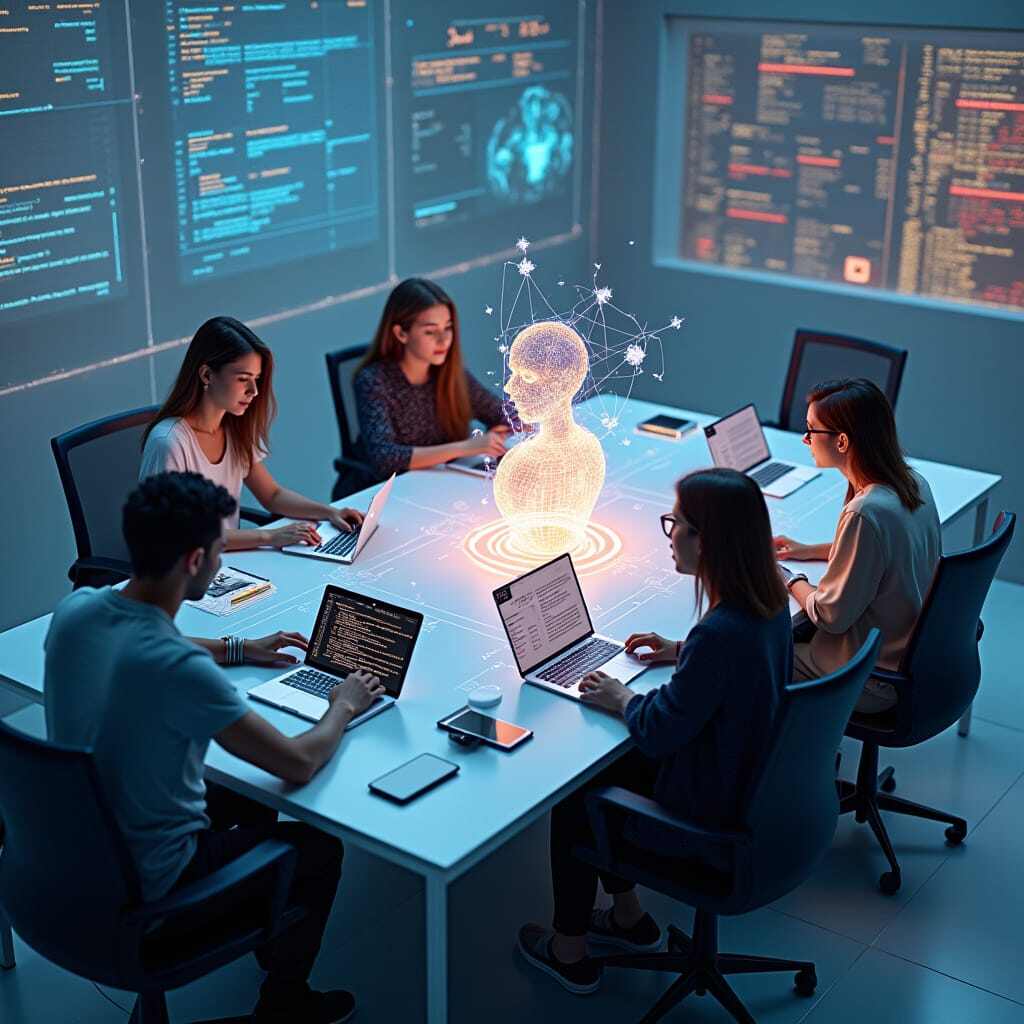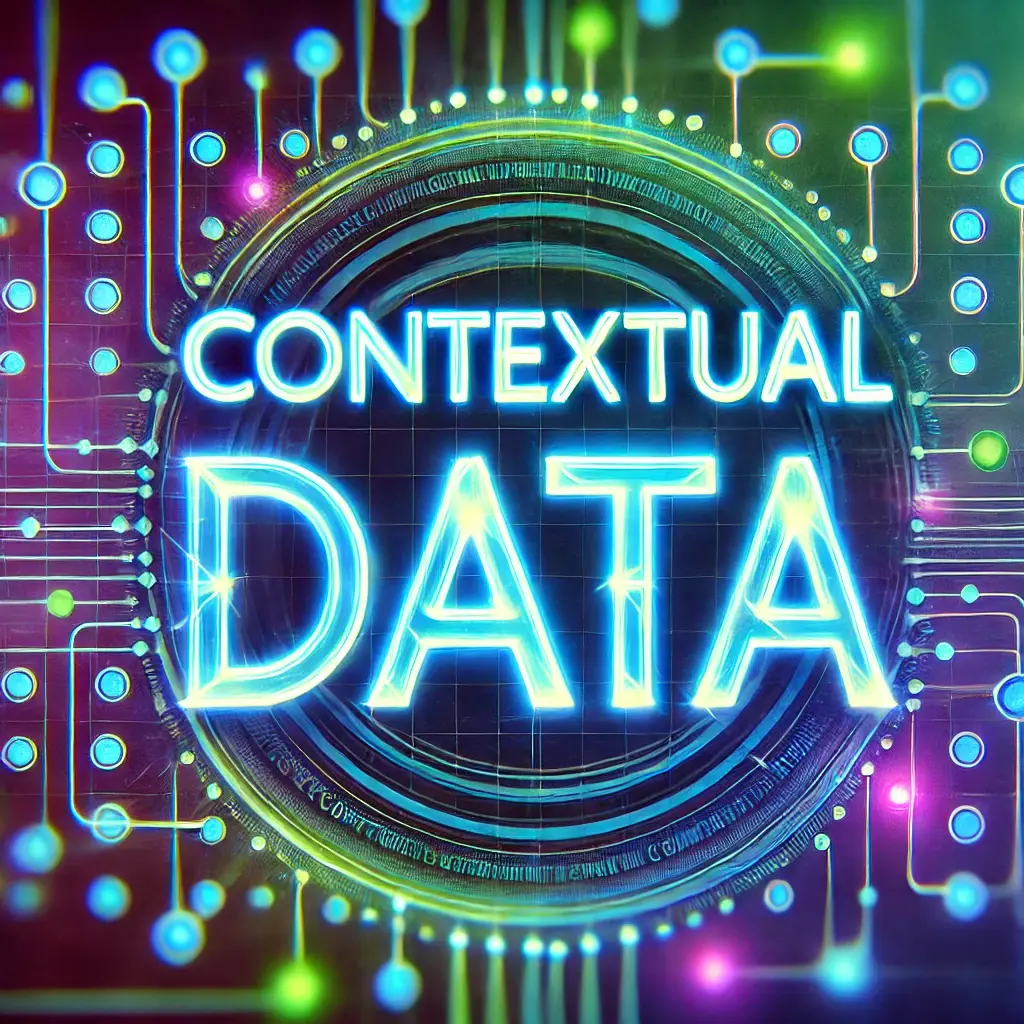Artificial Intelligence is already shaping industries, from automating routine tasks to generating insights faster than ever. But for all its power, AI still faces a fundamental limitation - it’s what Erin Griffith alludes to in her NYT article, A.I. Isn’t Magic, as the possible missing link to AI becoming truly ‘agentic,’ and what our Founder & CEO, Jeff Szczepanski, calls the misplaced assumption that AI has a "wonder tissue". What’s missing from our technology today - what will prevent AI from evolving into an agentic collaborator, no matter how much ‘smarter’ it gets - is true contextual awareness.
Sure, AI can analyze patterns, respond to prompts, and even suggest optimizations, but it’s still missing a critical piece - understanding the full scope of your work. That’s where the Organized Work Environment (OWE) steps in, and it’s about to take AI to the next level.
The Limits of Current AI
AI agents, particularly Large Language Models (LLMs), rely heavily on context windows - the amount of information they can process in a single go. While recent advancements have increased the size of these windows, they’re still limited. When AI loses track of context, it can lead to errors, misunderstandings, and irrelevant suggestions.
For example, if you’re drafting a report using an AI tool, you might feed it bits and pieces of a project’s background from emails, Slack conversations, Excel data, and JIRA updates. The AI can process these inputs, but if you don’t constantly re-prompt it with the right info and context, it may make incorrect assumptions or overlook critical details. Basically, the AI can only be as good as the context you feed it, and in our current fragmented digital environments, maintaining that context is entirely on you.
Why Contextual Awareness is the Game-Changer
In the human world, context is everything. Imagine trying to coordinate a project without knowing who’s involved, what the goals are, or the deadlines. It would be chaotic and confusing. Now imagine AI in that same scenario, trying to pull together the scattered pieces of your project across various apps and systems - oh wait, that’s right, it CAN’T. That’s the core problem AI faces today - it lacks a unified, contextual understanding of the work environment.
The OWE is built to change that by introducing contextual awareness at the system level. No longer will AI need to be re-prompted and guided manually. Instead, it will operate in an environment that captures and maintains the full context of your work (and the work of others you're collaborating with), integrating it across all your tools and workflows.
Unlocking AI’s Potential
The OWE isn’t just another productivity tool. It’s an entirely new foundation for how we interact with technology. An environment that supports the way our brains naturally function. Instead of siloed apps and fragmented workflows, the OWE introduces Streams - workflows organized by context, not by application.
The context doesn’t just become visible to you - it’s shared with AI agents/tools, giving them a full understanding of your projects, tasks, and even long term goals. So if you’re working on a particular initiative, then all corresponding emails, spreadsheets, design files, project plans, Slack conversations, Trello cards, and PPT’s are all part of the same Stream. And whatever AI tools you’re using to support you on this initiative have the full context of what’s going on, whether you’re crafting strategy or analyzing metrics.
In this environment, AI becomes much more than a tool for isolated tasks. It becomes a collaborator that can make strategic suggestions, help you anticipate issues, and even contribute to creative thinking - on the project, team, or organizational level! The OWE then operates like an assistant - one that doesn’t just follow commands but anticipates your needs because it understands the full picture. Your very own digital chief of staff.
The OWE Makes AI Smarter
Again, AI tools today rely on you to give them context - and manually update that context as needed. They only know what you give them access to, and they can’t inherently retain that context across tasks or apps. The OWE changes this by continuously capturing and integrating the context of your work. Whether it’s a document you’re editing, a conversation you’re having over email, or a project timeline in JIRA, the OWE links these pieces together, along with any other pieces of information added or modified by others, keeping them updated and accessible for you, your AI agents/tools, and everyone else working on the project.
With the OWE, when you ask AI to analyze data, draft a report, or brainstorm ideas, it’s not starting from scratch or waiting for you to manually input new data. It’s building on the rich, shared context that it has been maintaining for you, which gives you more accurate, relevant, and insightful outputs that require less input from you.
The OWE unlocks AI’s true potential by making all context visible and actionable. Instead of functioning like a reactive tool, in the OWE AI becomes proactive - not just responding to isolated prompts, but actively contributing to your work, offering suggestions, identifying gaps, and even helping with decision-making.
In this future, AI isn’t limited by disjointed apps or narrow context windows. It’s empowered by the OWE’s capacity to integrate context across all your tools and projects. This means AI can finally assist you with complex, multi-step tasks that require comprehensive strategic thinking and long term planning - without manually re-prompting, re-updating, and manually integrating every step, every app, along the way.
The Next Leap in AI is Here
With the OWE, AI will no longer be confined by the limitations of today’s fragmented digital environments. It will operate with full contextual awareness, supporting your work, reducing cognitive load, and enabling deeper focus and creativity. It’s more than just an upgrade - it’s a complete overhaul of how we’ve been forced to work with technology - enhancing both AI and human capacity.
Ready to experience the future of work? Sign up to be the first to test it out >


%20(2).png)

